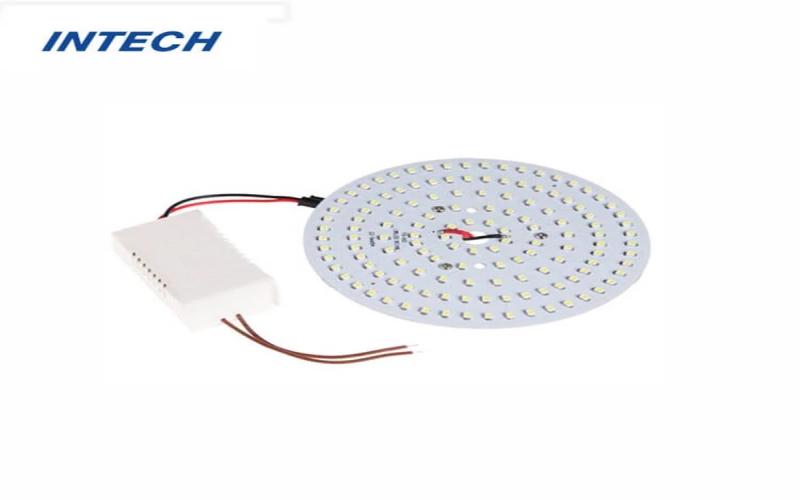What is the role of PCBs in electrical equipment?
Date:2023-07-25 17:53:07
Printed Circuit Boards (PCBs) have become the backbone of electrical equipment and modern technology. These intricate boards serve as the foundation for assembling electronic components, allowing devices to function efficiently and reliably. From consumer electronics to industrial machinery, the role of PCBs in electrical equipment is paramount. This article explores the essential functions of PCBs and their impact on the world of electrical engineering.
1. Electrical Connection and Component Mounting:
The primary function of a PCB is to provide a platform for interconnecting electronic components. Copper traces, etched onto the board's surface, create pathways for electrical signals to flow between different parts of the circuit. This well-organized arrangement ensures efficient and precise transmission of data and power, reducing signal interference and maximizing the overall performance of the equipment.Additionally, PCBs offer a secure and reliable means of mounting electronic components. Components such as resistors, capacitors, integrated circuits, and microprocessors are soldered onto the board, forming a stable connection that can withstand various environmental conditions.
2. Signal Routing and Signal Integrity:
PCBs play a crucial role in routing electrical signals within electrical equipment. The design and layout of the traces on the board are meticulously planned to minimize signal crosstalk, noise, and distortion. Signal integrity is essential, especially in high-frequency circuits and sensitive applications like telecommunications and data transmission.By ensuring proper signal routing and integrity, PCBs contribute to the seamless operation of electronic devices, preventing data loss and maintaining data accuracy.
3. Miniaturization and Space Optimization:
As technology advances, the demand for smaller and more compact electrical equipment continues to rise. PCBs enable miniaturization by allowing components to be densely packed in a confined space. Through multi-layer PCBs, engineers can integrate complex circuits into a smaller footprint, leading to more portable and space-efficient devices.
4. Customization and Flexibility:
One of the significant advantages of PCBs is their ability to be customized and adapted to specific requirements. Electrical engineers can design PCBs to suit the unique needs of each piece of equipment, tailoring them to handle particular functionalities, voltages, and currents. This flexibility in design fosters innovation and the development of specialized applications in various industries.

5. Reliability and Durability:
Reliability is a critical factor in the design of electrical equipment. PCBs are manufactured to withstand harsh environmental conditions, temperature fluctuations, and mechanical stress. By using high-quality materials and precise manufacturing techniques, PCBs contribute to the overall reliability and durability of the equipment.
6. Automated Production and Cost-Effectiveness:
PCB assembly is increasingly automated, leading to efficient and cost-effective manufacturing processes. Automated assembly reduces the risk of human errors and speeds up production, resulting in higher volumes of equipment being produced at a lower cost per unit.
7. Advanced Technology Integration:
PCBs play a crucial role in facilitating the integration of advanced technologies into electrical equipment. Whether it's implementing wireless communication, Internet of Things (IoT) capabilities, or artificial intelligence, PCBs provide the necessary platform for incorporating these cutting-edge technologies into a wide range of devices.
Conclusion:
In conclusion, PCBs are the backbone of electrical equipment, enabling the functionality, reliability, and advancement of modern technology. These boards serve as the critical link between electronic components, ensuring efficient signal transmission, miniaturization, and customization. With their role in providing reliable electrical connections, routing signals, and accommodating advanced technology integration, PCBs continue to shape the landscape of the electrical engineering industry. As technology continues to evolve, PCBs will remain at the forefront of innovation, driving progress and powering the devices that shape our daily lives.
